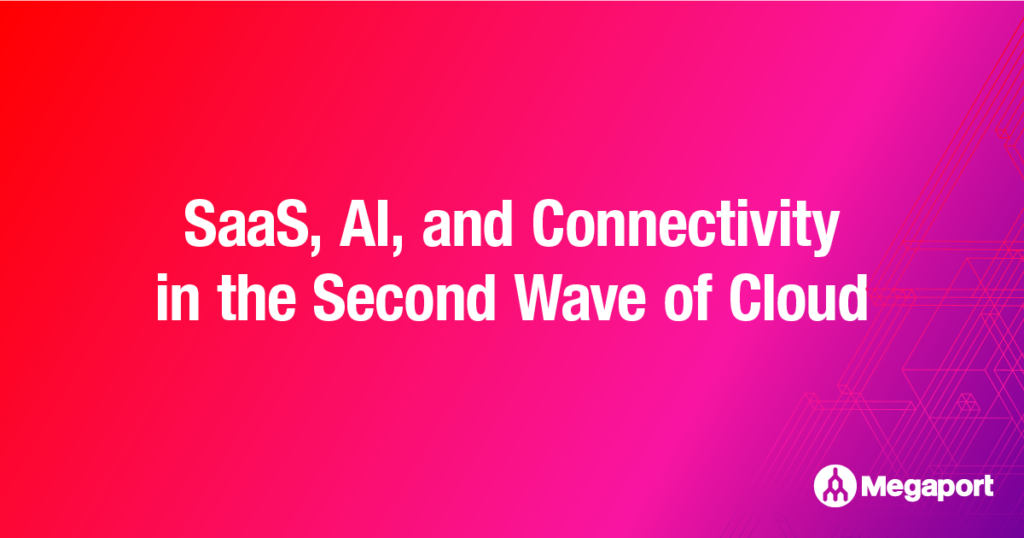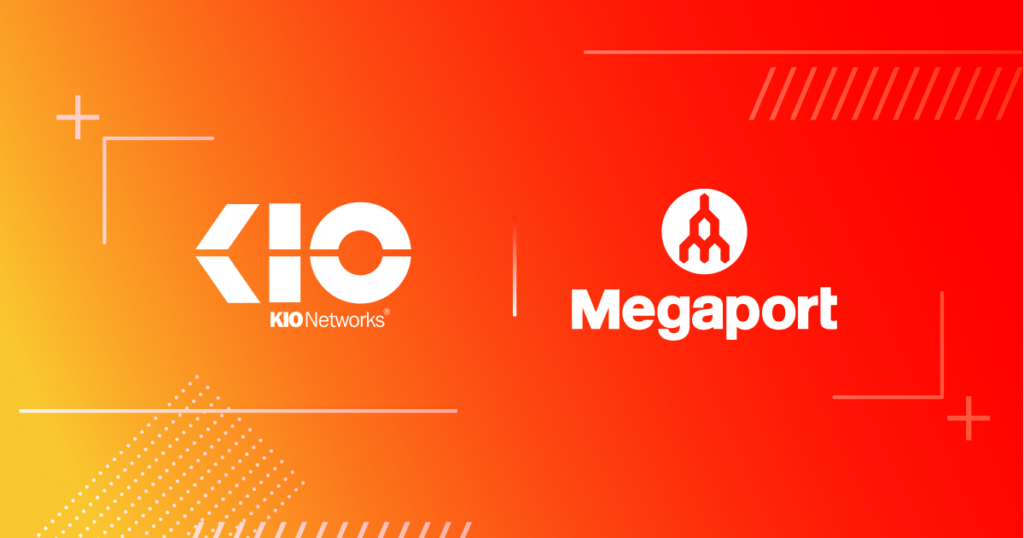
SaaS, AI, and Connectivity in the Second Wave of Cloud
- Cloud networking
- December 14, 2017
- RSS Feed
Unlock the next wave of cloud innovation with direct connectivity to SaaS and AI-powered applications. Megaport and Digital Realty simplify cloud consumption with secure, low-latency connections to leading SaaS providers, enabling businesses to scale hybrid and multi-cloud strategies. Future-proof your infrastructure with optimized data centers and Connected Campus solutions for AI and next-gen workloads.
Software as a Service (SaaS) applications and AI are evolving and stimulating innovation for cloud consumers. In order to capture the momentum of new technologies, organizations require an optimized and cohesive interconnection and data centre infrastructure solution.
Today’s SaaS Applications
SaaS has evolved to solve a broader set of business issues, just as organizations have become more entrenched in how they can support customer needs. The SaaS applications of yesterday were not the complex layered applications we regularly use today; the likes of Microsoft Office 365, Google’s G Suite, and Dropbox have advanced far beyond basic web pages. This added complexity, along with the heavier throughput associated with today’s SaaS applications, has driven the need for reduced latency and increased performance at the network layer to ensure business critical applications work to their peak abilities. Best-effort public internet access is not architected for guaranteed or consistent performance, but many organizations have to use it due to lack of access or knowledge on how to access SaaS applications via private connections. Inconsistent network performance degrades the user experience, productivity, and impacts revenue. Security and reliability are top-of-mind when deploying critical workloads and accessing applications housed in public cloud infrastructure. There are also major concerns around the ease of troubleshooting issues quickly; if a CTO is pushing data to numerous SaaS applications and their network connection is unreliable, or even has inconsistent round-trip latency, the consequences for their organization could be huge. As a result, there is an increased demand for a different way for organizations to connect with, utilize, and consume their overall cloud portfolio.
Direct Connectivity to SaaS
With the ongoing integration of SaaS into our lives, organizations are becoming more reliant on a broader set of data and capabilities outside their domain. These organizations are looking for the most simplistic and effective way possible to access this valuable data. A core focus for Digital Realty and Megaport is removing complexity from the cloud consumption process. Direct connectivity to SaaS through Service Exchange powered by Megaport provides the low latency, security, performance, and high availability required for critical business applications. Understanding that no two SaaS applications are the same, we provide a simplified interface to build a multi-SaaS program with access to private infrastructure and reliable interconnectivity between service provider and consumer. Giving consumers the ability to easily configure access to multiple services, including SaaS applications, is at the core of our service offering. These advanced capabilities, typically reserved for highly technical networking professionals, are now in the hands of a much broader customer base. Making SaaS connectivity easier enables a greater number of organizations to leverage more powerful tools, take advantage of new technologies, and innovate faster to establish a competitive edge.
Future-Proofing Networks
The first wave of cloud adoption has led us to a world where enterprises are rapidly enabling hybrid and multi-cloud IaaS and PaaS environments. Now, new technologies are driving demand for innovation and are creating new lines of business; the need to connect to multiple SaaS environments has emerged. When thinking about the future of scaling these solutions, it’s important that connectivity services enable easy orchestration between public and private environments to make managing a hybrid cloud strategy easier. This allows organizations to focus on what’s next for their business. On-demand, direct connectivity capabilities enable organizations to get more directly connected to their chosen SaaS provider and ensure low-latency, secure, and high-performance deployments. This provides businesses with the ability to leverage the new technologies which will be the building blocks for future solutions.
AI and Innovation in the Second Wave of Cloud
The second wave of cloud is underpinned by the adoption of multi-SaaS and the rise of Artificial Intelligence (AI). AI derives insight from extensive amounts of data, collected from public and private cloud infrastructure. A constant stream of useful, mineable data is also being generated by IoT and its myriad of devices. This data drives utilization across those connections and requires an enabling infrastructure to rapidly grow. Within that enabling infrastructure, the data lakes and compute infrastructure that support core data sets and its corresponding analysis for deep learning already require massive power and cooling capacity. Placing the AI as close to these data sets as possible makes sense because an AI application is only as smart as the data you feed it and will continue to increase its derived insight with increasing data access. When we look at the growth vector for space and power, it’s fundamentally critical that the data centre infrastructure is optimized to support the long-term development of AI. As part of our Connected Campus strategy, Digital Realty has ensured our customers are capable of supporting current and future collocation demands for AI with massive-scale data centres that support variable demands from single cabinets, to cages, to megawatt, and multi-megawatt capacity. Connected Campus means you can access the core services and applications you need at the network layer while ensuring you and your cloud partners’ critical infrastructure is reliably and securely collocated with the resources needed to scale and perform optimally. Megaport and Digital Realty are enabling innovation in the second wave of cloud by providing enhanced connectivity and infrastructure for next-generation SaaS applications and removing complexity from the consumer.


